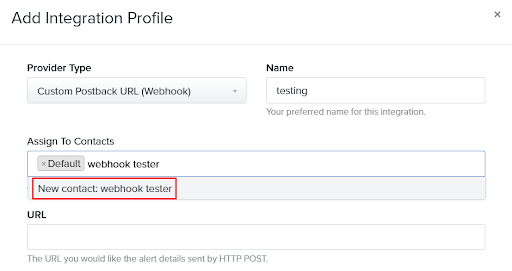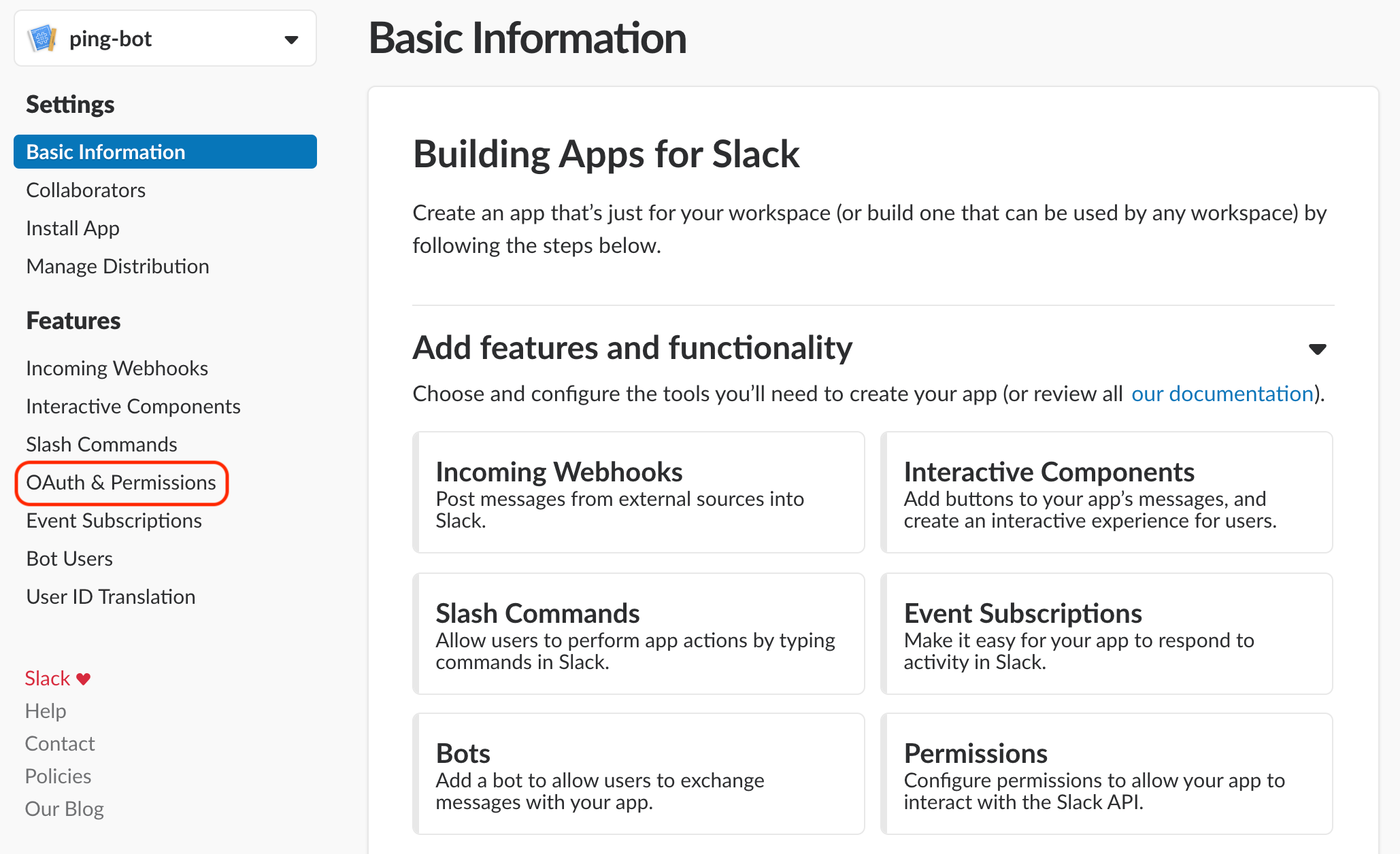Integrating Slack with Uptrends allows you to send alerting messages to your Slack channels. Each Slack Integration you define can send alerts to a different channel, and you can assign multiple Slack integrations to a single alert escalation. Setting up the integration requires you to take two steps:
- Setting up the integrations in Uptrends
- Adding the integrations to an alert definition in Uptrends
Curious to see what you’ll get when this integration has been set up? Below, you can view an example of what the integration looks like in a Slack channel. Read on for detailed instructions on how to set up Slack Integrations!
Uptime monitoring for websites and APIs, public status pages, instantly receive alerts by emails, Slack and SMS Product Product Monitoring Receive alerts & collect performance metrics Status Page Show your status and uptime Incident Manager Inform your users via the status page and collaborate with teammates Integrations Email SMS Twilio Slack. Setup multiple checks to monitor different parts of your project. Alerts are delivered directly to the Slack channel of the website. Simple UI allows you to manage your checks without leaving Slack. No need for context switching and having to login to external monitoring websites.
1. Setting up the integration in Uptrends
Adding Slack integrations to Uptrends requires that you have a Slack account. You’ll need to log into the account before or during setup. To set up an integration:
- Navigate to Alerts > Integrations in the main menu to open the Integrations page. The Integrations page contains the integrations that you’ve defined in Uptrends. Initially, you will find this panel empty.
- Click the button in the top right corner to open the New Integration page.
- Select Slack for your Integration type.
- Click the Add to Slack button and choose the team and Slack channel.
- Click to return to the Integration setup page.
- Enter a name for this integration in the Integration name box.
- Click the button in the lower left corner. After saving, you’ll see your new Slack integration on the Integration page.
- Continue adding new Slack integrations if you need to send messages to multiple Slack channels.
2. Adding the integration to an alert definition in Uptrends
An integration definition on its own does nothing. You need to attach it to one or more escalation levels to receive alerts through the integration. To attach an integration definition to an escalation level:
- Navigate to the desired alert definition in Uptrends (Alerts > Alert Definitions).
- Click to open an existing definition or create a new one using the button on the top right.
- Click an Escalation level tab.
- Select the checkboxes for your Slack integration definitions in the Alerting by integrations section.
- Click when finished.
And that’s it! You’ve successfully set up the Slack integration.
As always, if you have any questions, please reach out to our support team.
Slack Uptime Status
Slack went down and Twitter activity went up, but what did your team do with its downtime?

Did you sit and ping your workspace over and over, waiting for the inevitable return? Did you give up and have a coffee? Did you use it to stay productive and get things done?
Ok, I’m not your boss and sorry I asked that last question. Maybe if you were not productive it’s because an outage makes it hard to focus. If you rely on a tool and it goes down with no clear sign of return, you start to wonder. Some of you probably checked the status page and felt a sense of ease when Slack’s team announced they were working on the issue.
Last year at Uptime.com, our company’s productivity suffered because we had to use email for conversations we normally had on Slack. (Here’s a post we wrote about it.)
Here at Uptime.com, we’re about that productive and happy life. We like peace of mind, so we can focus on what we need to and prioritize as necessary.
Here’s a list of ideas on protocols you and your team can adopt so communication app outages don’t stall your productivity.
Table of Contents
Let Other Users Know
It’s not your job to ensure the uptime of other apps, but it is common courtesy and when your server is on fire you’ll be glad someone informed you of the smoke.
We all know a support call is the wrong time to learn an outage occurred, but the sooner you can let another application know of its outage the sooner your necessary infrastructure gets restored. Still, it’s good to ping the service that went down on social media or directly through their contact page. Here is the contact page for Slack.
Additionally, many apps use status pages to track their uptime and performance so an email to support can help them direct you to these helpful resources.
Uptime.com also maintains a public profile for Slack, as well as other providers. These checks may not always catch outages for specific parts of infrastructure, but users can report service interruptions at the touch of a button. User reports trigger downtime notifications for other users subscribed to that page. If you’re a member of Disqus, you can also report a specific issue about the outage with a comment. We suggest you check this page and subscribe its alerts, to see what others are reporting.
Outage reports other users make can confirm the outage is not localized, or may lead to some troubleshooting that restores service. If an outage lasts only a few minutes, you can probably skip this step. With longer outages, you can assume the service knows but it’s helpful to ask for status.
Establish a Backup Protocol
OK, Slack is definitely down. Now what? Fallback to other lines of communication and check in with your remote team members so they aren’t left hanging on status updates. Yes, even if it means going back to… email…
Deadset against email? We hope you’ve configured one of these alternatives to Slack, which have similar functionality:
- Discord (popular in game dev)
- Hangouts or Meet
- GoToMeeting (works in a pinch for calls)
- Office Users can use Microsoft Teams
- Open Source alternatives such as Mattermost or Zulip
The challenge is that you can’t just adopt these right this second. Most of these alternatives do take some setup. For Discord, you need to configure servers and roles, you need teams and channels for Microsoft Teams, and Open Source alternatives also carry setup costs. Hangouts is good for a service that works now, but lacks the channel and organizational functionality of slack (try posting code in a Hangout).
If this is your first or even fifth trip around the Slack outage road, create your alternatives now. This is the sign you’ve been waiting for. Don’t get caught scrambling to create a backup in the time it takes for service to be restored. If you do the work now, you’ll have a plan later. And let’s be honest, it takes about two or so hours to set any of these tools up on a rudimentary level. You can do it!
Ensure Your Alert Chain is Still Intact
If you rely on Slack or any of our Integration providers solely for your alerting, you will be left without an effective monitoring system to alert you of downtime.
The solution is a smarter approach to escalations. We offer email, SMS, and phone call alerts outside of our other integration providers. We also maintain an ever-growing REST API that we invite you to tap into. You can push alerts to any internal systems you’ve created and monitor those as you please.
Modus Operandi should be: never create a check with a single source for alerts. From tier one to your C-level executives, there should be multiple alerts dispatched when a check goes down. Smarter escalations ensure this infrastructure is in place so you never have to worry about missing alerts if one of your services is down.
Want a web monitoring tool with multiple ways to alert your team of problems? Start a free trial of Uptime.com today!
Slack Status Page
Supplement Checks
We highly recommend users create checks that supplement the infrastructure we rely on. Ping ICMP is very useful for this type of check, where you just need to ensure a packet was received and the server is up and running. A Slack outage, however, is a little tricky to monitor.
We would suggest a few options:
- Create a check that observes a specific type of status change on their status page
- Create a check that pings your workspace login
- Create an API check that POSTS a message to Slack

If you’d like to use option 1, you might consider a check that looks for the big green checkmark on the Slack status page, and fails when that check mark isn’t there. Make sure you read up on Identifying Elements if you’re having trouble finding the specific selector.
The third option involves integrating with both the Slack API and web UI. You will post a message to a specific channel (ideally a dummy channel) via API, then confirming the Web UI is working with a check that it appears.

Automate the Followup
We highly recommend subscribing to important status pages when you rely on a service. Outage reports from those status pages tend to be fairly timely, and often update users via email on the outage. Slack, Facebook, and most major tech firms are good about discussing the issue and providing maintenance updates in a timely fashion. Here’s one from Slack.
It’s in the user’s best interest to keep a changelog, and a status page solves two functions at once.
You waste time when you ping a service from your browser, or wait for the application to load. If you automate announcements related to service interruptions, you know the problem and receive timely updates when service is restored. Focus on other things or just go enjoy some fresh air. Outages you don’t own can be a moment of zen too, right?
Practice Redundancy in Project Management
A few thoughts to consider regarding your project management setup. It’s important to reinforce the fundamentals, and you may consider some use cases you had not before.
First, make sure that your milestones remain accessible. You don’t need backups of backups, but you might consider collaborating across multiple platforms for the sake of redundancy. Slack works wonders for development, but it’s helpful to track milestones in a document accessible to the group or in a separate project management platform.

One of the advantages to a scrum approach in meetings is a sense of redundancy, or keeping everyone on the same page. What happened yesterday, what’s expected today, what roadblocks still exist? Daily check ins can help mitigate some of the overreliance we develop on chat and collaboration clients.
And Slack is Back!
A Slack outage, or any service outage, shouldn’t be a cause for panic and it doesn’t have to paralyze your workforce. If you have a backup plan in place, and you take the time to report the outage and signup for status updates, you have the peace of mind you need to focus.
Your attitude shifts from negative to positive. Slack outages aren’t a headache anymore, and world peace is within your grasp. Or maybe that’s just the coffee talking? Go get em with the reassurance that your team is still there and still chipping away at their milestones.
Minute-by-minute Uptime checks.
Start your 21-day free trial with no credit card required at Uptime.com.
